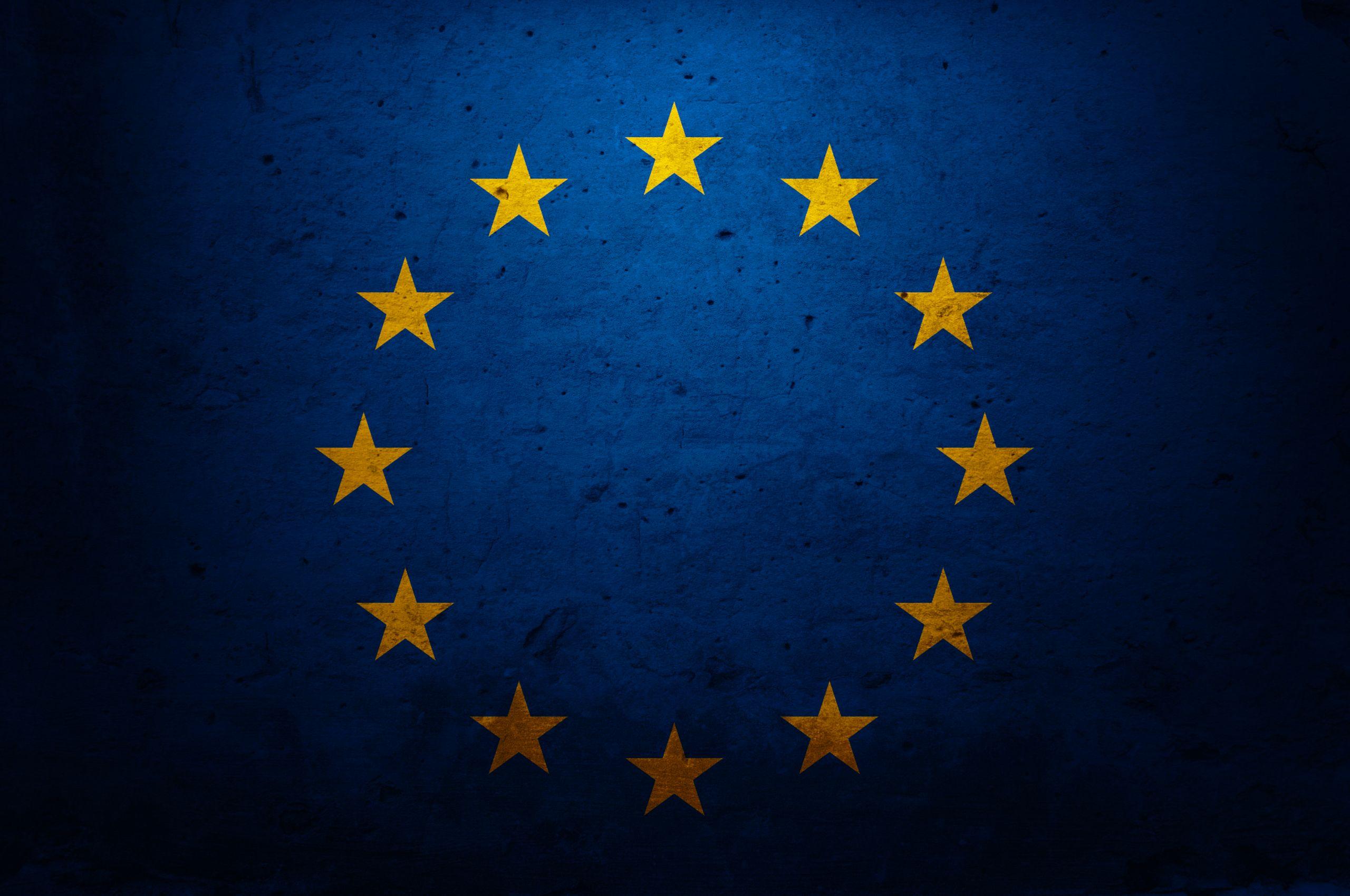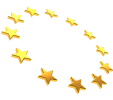MADRID — NATO leaders meeting in Madrid adopted a new strategic blueprint on Wednesday bluntly branding Russia as “the most significant and direct threat to Allies’ security and to peace and stability in the Euro-Atlantic area.”
The unvarnished labeling of Russia as a clear and present danger in NATO’s new “Strategic Concept” — a once-in-a-decade planning document — represents the leaders’ formal verdict on President Vladimir Putin’s brutal invasion of Ukraine, which brought full-scale war to Europe for the first time in the 21st century.
At a news conference announcing NATO leaders’ initial decisions at their meeting in Madrid, Secretary-General Jens Stoltenberg hailed the landmark decision by Finland and Sweden to abandon decades of non-alignment and join NATO.
Stoltenberg triumphantly welcomed the two Nordic countries, which got a green light on Tuesday night to join the alliance after weeks of obstruction by Turkey. Stoltenberg said the expected expansion showed Putin’s war had backfired and that the Russian dictator had failed in his goal of preventing the alliance from adding new members.
“The decision to invite Finland and Sweden to become members demonstrates that NATO’s door is open,” Stoltenberg said. “It demonstrates that President Putin did not succeed in closing NATO’s door. NATO’s door remains open. And it also demonstrates that we respect the sovereign right of every nation to choose their path.”
Of course, Putin’s main objection was to prevent Ukraine from joining the alliance. And, for now at least, he has succeeded in dashing any lingering aspirations in Kyiv to join the alliance.
NATO powers, led by the U.S., have made clear that they do not want to be drawn into a direct conflict in Russia, at least partly because of fear that Putin would use a nuclear weapon. And while allies have insisted that, theoretically, Ukraine has every right to pursue NATO membership, there is no chance the war-ravaged country will be able to join any time soon, if ever. That’s because NATO’s collective defense clause, known as Article 5, would immediately require the allies to join the fight against Russia.
Stoltenberg, at his news conference, said that Ukrainian President Volodymyr Zelenskyy had joined the leaders’ summit discussions by video link and that NATO had committed to continue supporting Ukraine in the war.
“President Zelenskyy made clear that Ukraine relies on our continued support,” Stoltenberg said. “And our message to him was equally clear. Ukraine can count on us — for as long as it takes.”
That language echoed a summit declaration issued on Tuesday by the G7 industrialized democracies at their own leaders’ summit in Elmau, Germany. (All of the G7 countries, except Japan, are NATO members.)
Stoltenberg said NATO would take new steps to help modernize Ukraine’s military, but it was far from clear that the assistance would be sufficient or arrive quickly enough to tilt the war in Kyiv’s favor.
“Allies will continue to provide major military and financial help,” Stoltenberg said. “And today, leaders agreed to strengthen our support by agreeing a ‘Comprehensive Assistance Package’ for Ukraine. This includes secure communications, fuel, medical supplies and body armor. Equipment to counter mines and chemical and biological threats, and hundreds of portable anti-drone systems.”
In the previous Strategic Concept, adopted in 2010, the allies called Russia a “strategic partner,” and they did not reference China at all. In the new edition, they described China as a challenge to allies’ “interests, security and values.”
And they did not mince words about the peril they see in Putin’s military aggression.
Russia, they wrote, “seeks to establish spheres of influence and direct control through coercion, subversion, aggression and annexation.”
The document cites Moscow’s use of both traditional and digital aggression, warns about the country’s “modernizing” nuclear forces and chastises it for its nuclear threats — all done with disregard for the “rules-based international order”
“It aims to destabilize countries to our East and South,” it adds. “In the High North, its capability to disrupt Allied reinforcements and freedom of navigation across the North Atlantic is a strategic challenge to the Alliance.”
At the same time, the allies claimed they did not want to be in such a hostile relationship.
“NATO does not seek confrontation and poses no threat to the Russian Federation,” the leaders wrote. “We will continue to respond to Russian threats and hostile actions in a united and responsible way.”
In the blueprint, the allies declared their intention to develop an even more robust defensive presence on the alliance’s Eastern Flank but claimed they remained open to any shift from Moscow.
“We cannot consider the Russian Federation to be our partner,” they wrote. “However, we remain willing to keep open channels of communication with Moscow to manage and mitigate risks, prevent escalation and increase transparency.”



